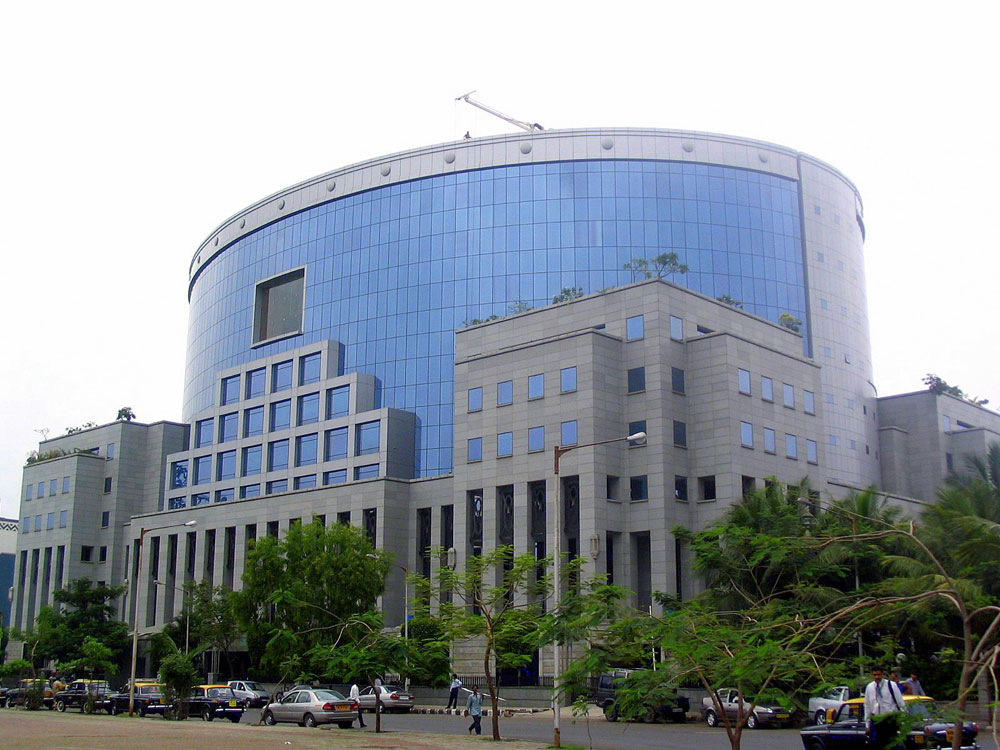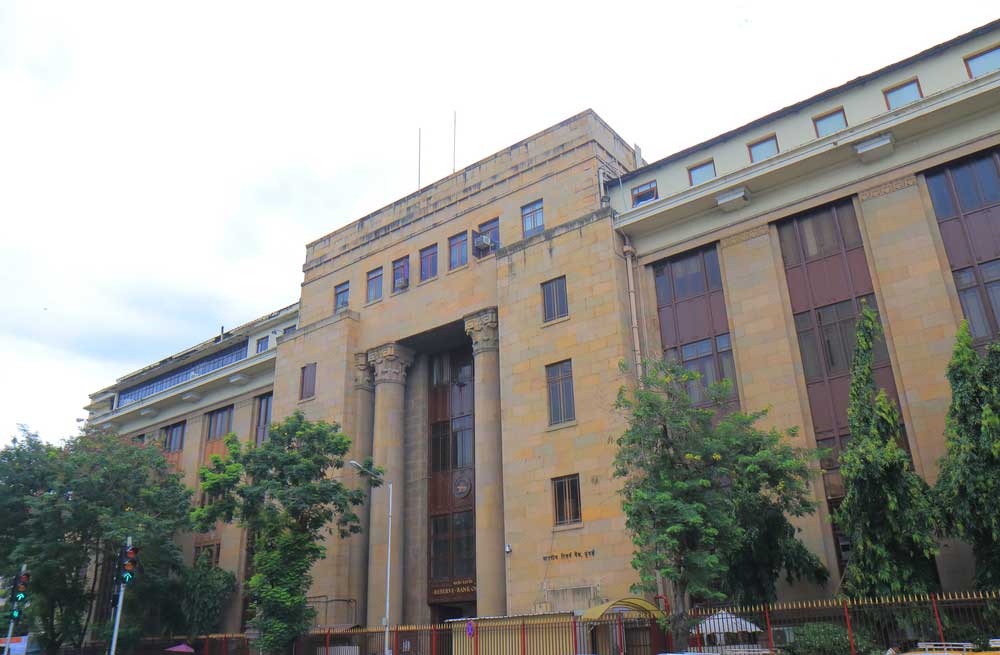The crisis that engulfed non-banking finance companies in September last year is now rippling through other sectors of the economy, including banking, mutual funds and real estate, threatening to leave deep blotches of red across a range of corporate balance sheets. The NBFCs — the most important clump of operators in India’s shadow banking system — have operated a flawed business model and avoided intense scrutiny by working quietly in the penumbra of regulation. These entities have always borrowed from short-term lending windows and funnelled money to borrowers under long-term contracts. In a booming economy, the monetary aqueducts work well: they can easily roll over their short-term debts or raise fresh loans to repay them. But when the liquidity sluice gates start to close and it becomes harder to raise money, the cracks in the system begin to show and the business cycle starts to break down.
When the crisis in the Infrastructure Leasing & Financial Services erupted in 2018, it rocked the foundations of the shadow banking industry because it imperilled the recovery of the group’s outstanding debt worth Rs 99,354 crore. But as the government scrambled to put in place a new board of directors to manage its affairs, it seemed that the worst had blown over. It had not. The latest controversy that has gripped Dewan Housing Finance Limited after credit rating agencies assigned a default grade to its commercial paper worth Rs 850 crore is indicative of the fact that the risk of a contagion effect remains. In April, several mutual funds had to reschedule repayments on their fixed maturity plans because of their exposures to companies that had defaulted on their loan repayments that destroyed the value of their investment portfolios and severely undermined investor returns. A growing mountain of bad loans with banks that has made them reluctant to lend to anyone but the most creditworthy customers, crisis in the shadow banks and a liquidity crunch have sapped investment, hurt household savings and sucked out consumption demand, precipitating a slowdown in the Indian economy.
The Reserve Bank of India governor said recently that the central bank would soon tighten the regulatory regime for NBFCs to ensure that they become financially resilient and robust. In late May, the RBI proposed to impose a liquidity coverage ratio for NBFCs with an asset size of more than Rs 5,000 crore that would obligate them to hold a corpus of highly liquid assets to meet short-term funds crunch. The new regime kicks in in April 2020, and NBFCs will have to maintain a liquidity ratio of 60 per cent that will slowly rise to 100 percent by April 2024. This is a start. But it is going to be a long way before the crumbling house can be put back in order.












